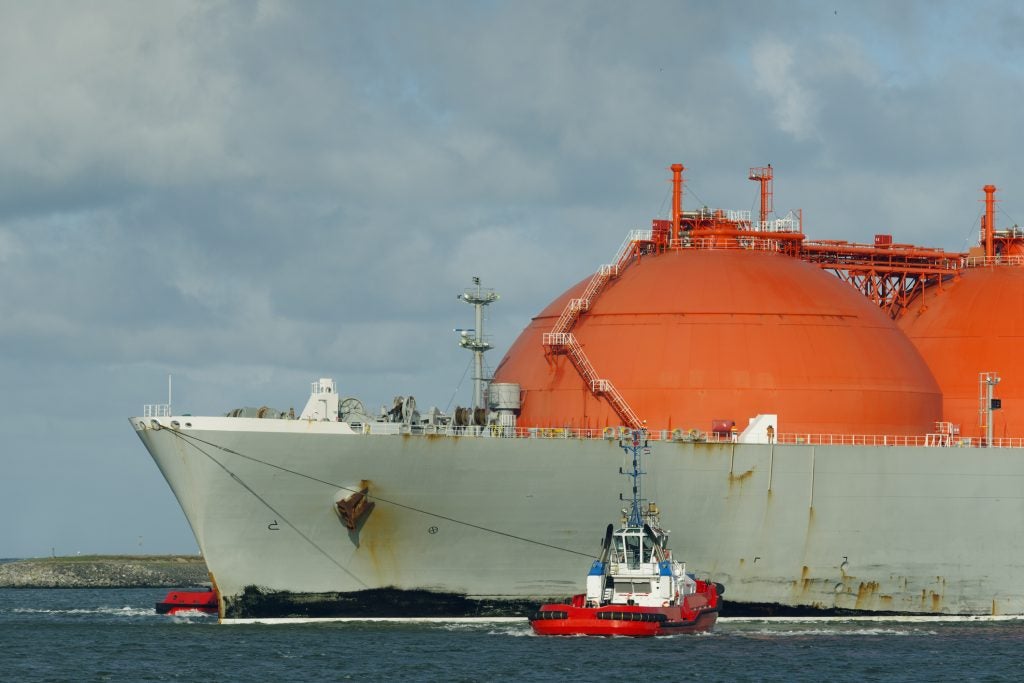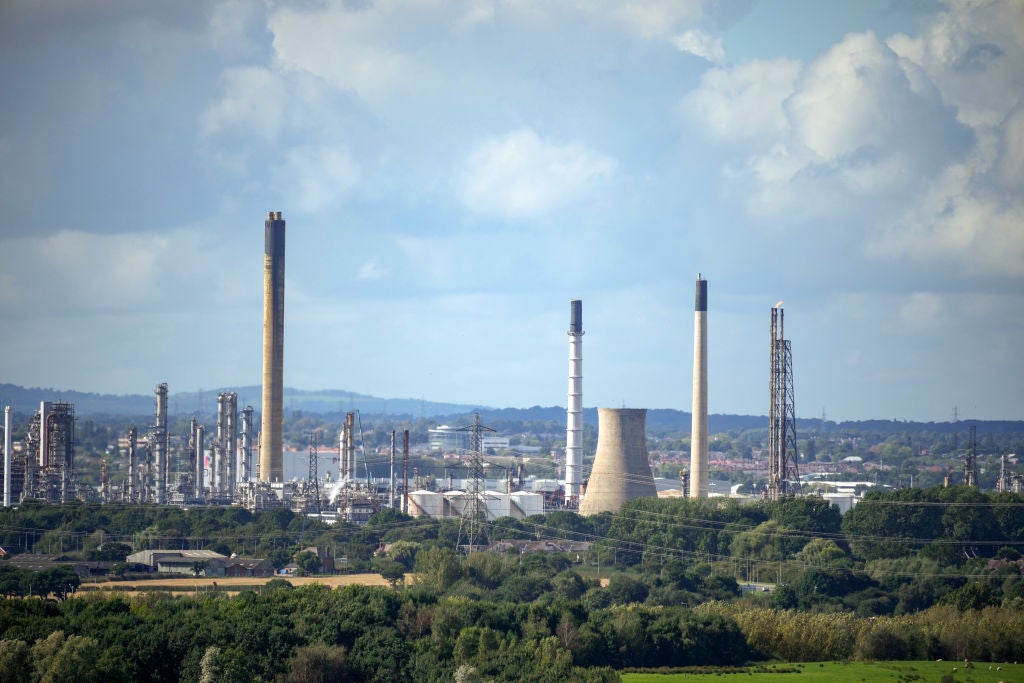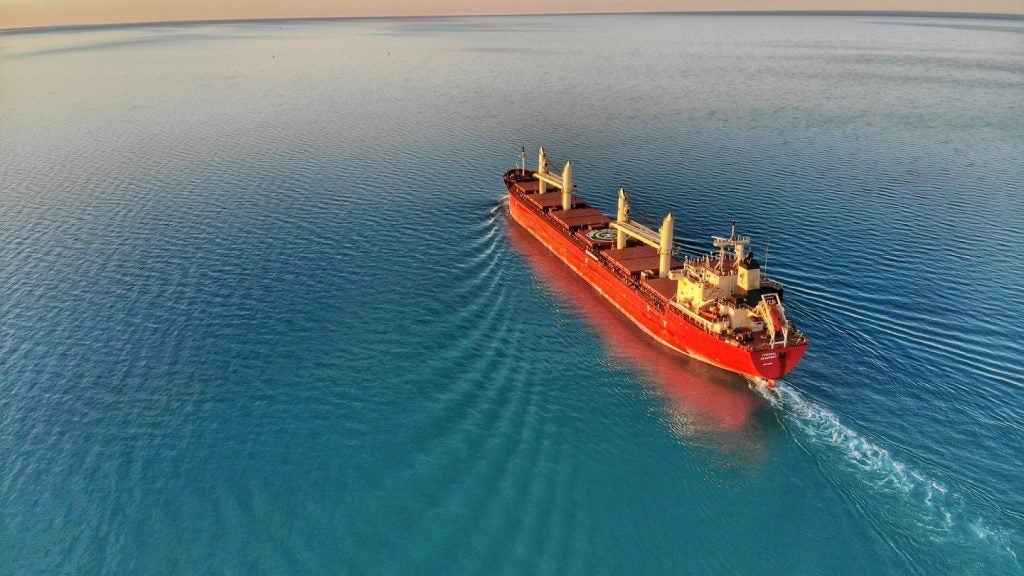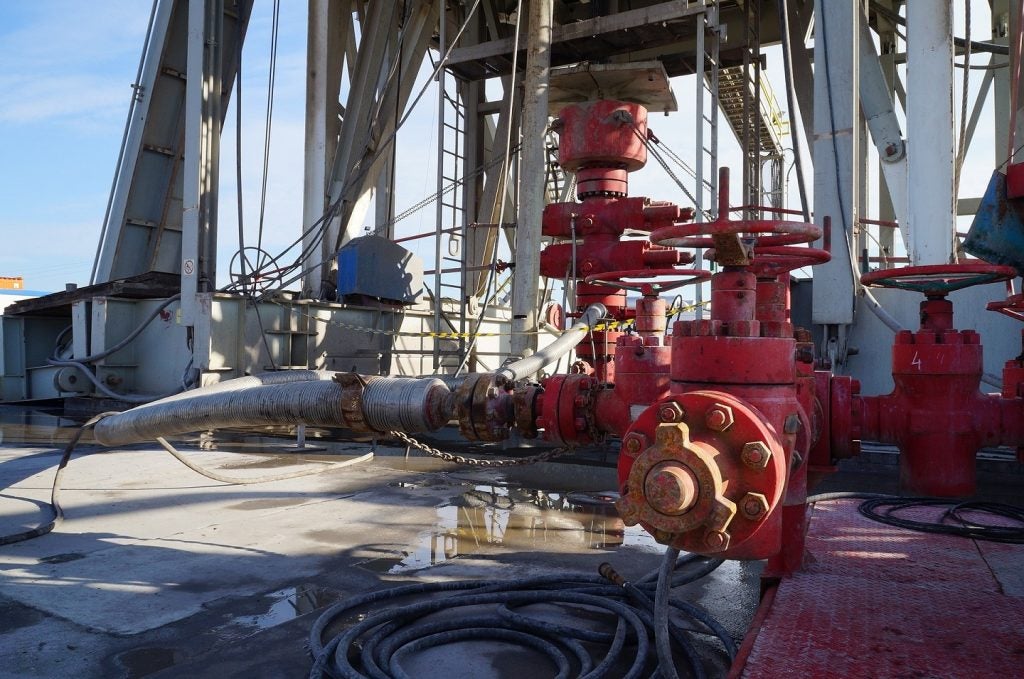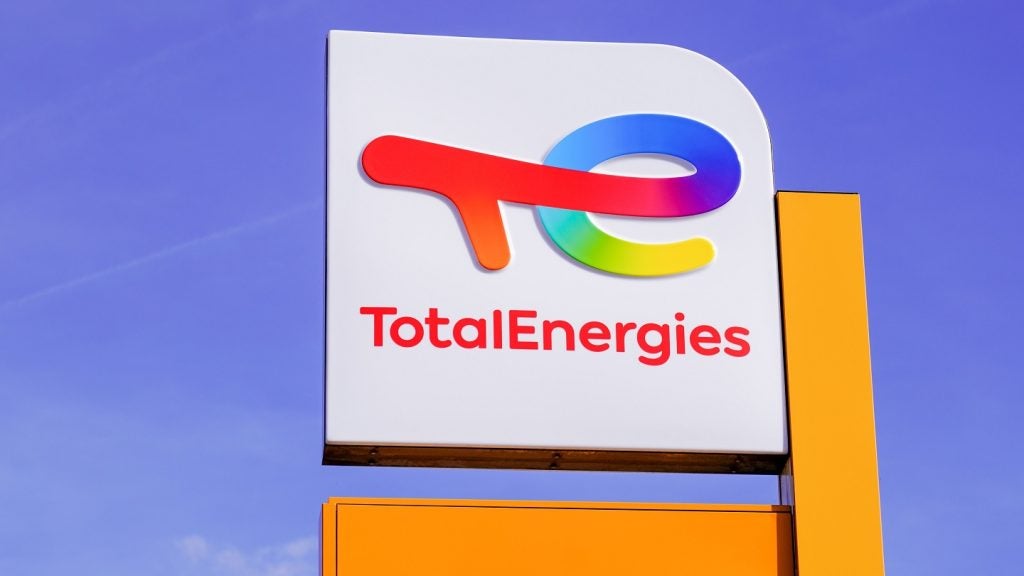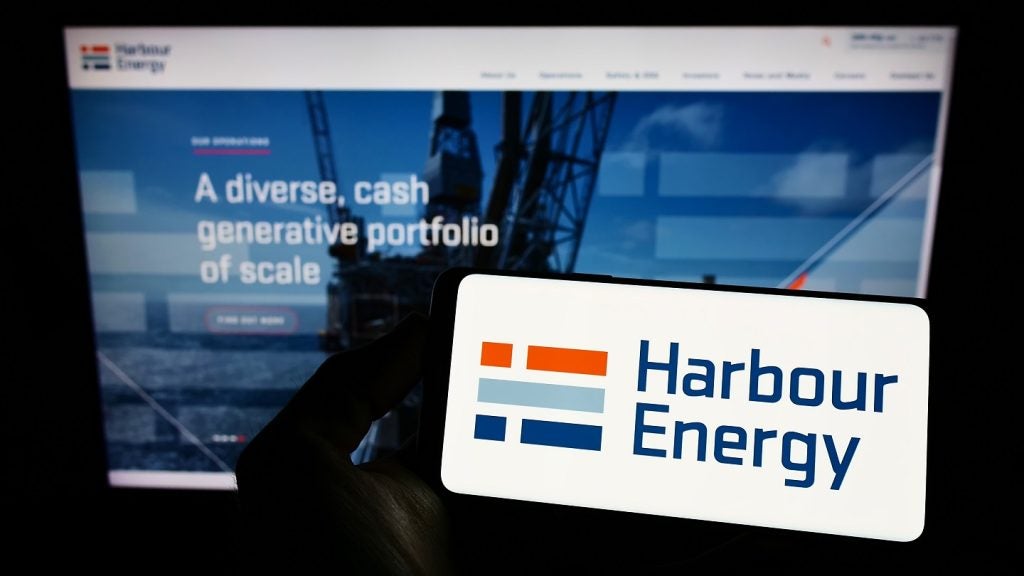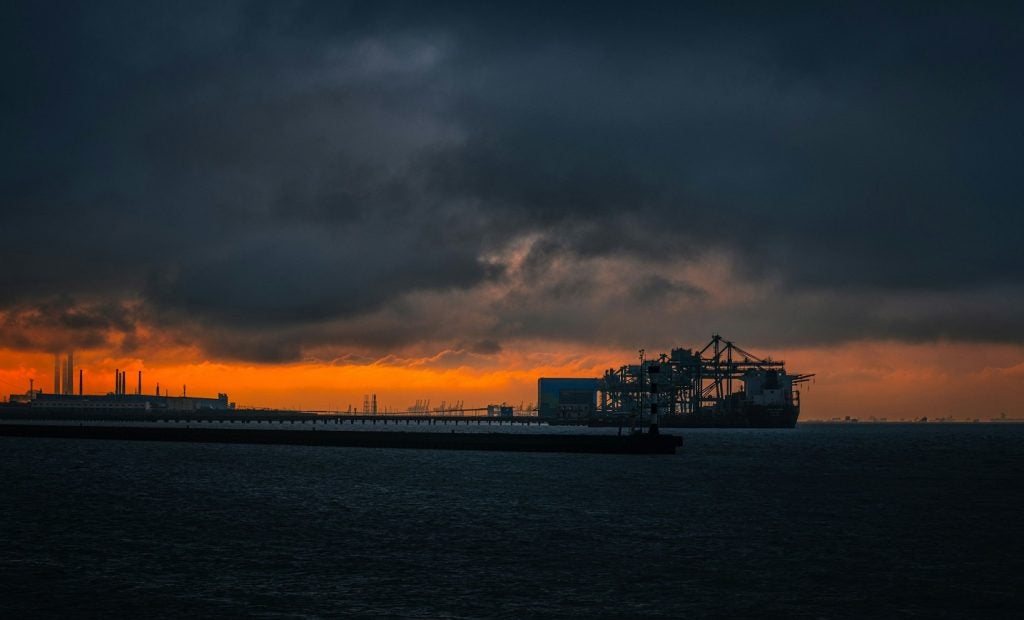Russia’s invasion of Ukraine two years ago prompted a massive EU policy response (the REPowerEU plan) to get off Russian gas. This included fuel-switching, energy efficiency improvements and a fresh push to develop renewables. Where gas was still needed, imports from other pipeline partners like Algeria and Norway increased, while LNG imports also soared. LNG increased its share in total EU gas consumption from 19% to 41% in the year to August 2022. However, today, LNG oversupply threatens, as infrastructure investments outpace demand.
Gas demand reductions in Europe have massively exceeded expectations: REPowerEU set the ambition of a 15% gas demand reduction in winter 2022, but demand actually fell by 20%. The declining trend is continuing, with the latest quarterly energy demand report from the European Commission showing that in Q2 2023, gas consumption fell 8% year-on-year.
The EU has not only maximised LNG imports via its existing facilities, but has also managed to build seven new regasification terminals since Russia invaded in February 2022: three in Germany, one in the Netherlands, one in Finland, one in Italy and one in France. A further facility in France has been expanded, while a mothballed terminal in Spain has been reopened.
However, even as European demand for gas falls, the plans for new LNG infrastructure – both regasification terminals in Europe and Asia, and liquefaction terminals in major producers like the US – continue to soar.
Analysts predict peak global gas demand, but the global LNG pipeline just keeps growing, threatening serious oversupply. LNG projects under development totalled 917 million tonnes per annum (mtpa) of new export capacity and 705mtpa of new import capacity at the end of 2023, according to the non-profit Global Energy Monitor. This represents an 18% and 4% year-on-year increase, respectively, and an estimated $1trn in investment.
The countries developing the most new export terminals are the US (336.9mtpa), Russia (164.1mtpa), Canada (75.8mtpa), Mexico (69.3mtpa) and Qatar (49mtpa).
China, India, Germany and Brazil are responsible for the most LNG import capacity under development.
“Building new LNG projects when fossil demand is expected to peak this decade is a risky proposition for investors and governments alike,” said Robert Rozansky, a global LNG analyst at Global Energy Monitor, in a press release in December 2023. “If even a fraction of these projects go ahead it would threaten to further delay the energy transition during a critical period.”
The International Energy Agency warned in October 2023 that there is now a risk of global gas oversupply. The "unprecedented surge" in LNG projects coming online from 2025 is set to lead to more than 250 billion cubic metres (bcm) of extra LNG being produced each year by 2030, said the agency – a figure equivalent to around 45% of today's total global LNG supply.
It is not just in the LNG industry where there is a risk of gas infrastructure oversupply. Another report from Global Energy Monitor finds that there were 69,700km of gas transmission pipelines under construction globally at the end of 2023, an 18% increase on the year before.
Asia leads the world in pipeline construction, accounting for 82%, with China and India responsible for 65% of global construction.
“Asia is gambling on more fossil fuels and encouraging other major economies to do the same,” said Baird Langenbrunner, project manager for the Global Gas Infrastructure Tracker at Global Energy Monitor.
“Across the region the price of renewables has come down, gas emissions are considered to be worse than coal when [the fuel's] transport is factored in, and peak gas demand has been predicted by the end of this decade. This gas infrastructure is risky and thoughtless,” he said in a statement.


